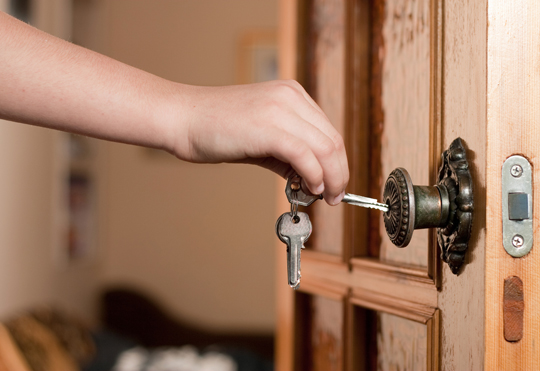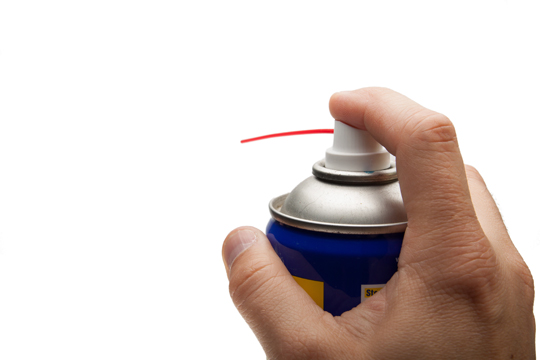If the inside of a lock is sticky, it is going to give you fits every time you go to use it. Instead of inserting the key and turning it effortlessly, you will find yourself wrestling with it just to unlock a door. You might notice the inside of a lock is sticky if the lock has been subjected to the elements (rain, snow, etc.) over the years or if you have not used it in a while.
Here are some tips for when you encounter a stubborn lock such as this.
Do Not Use General Lubricants
Fixing the problem might seem ultra-simple — just apply general lubricant to the lock in order to loosen it up. This might be a suitable temporary fix, but it will not stand up to the test of time. A lot of lubricants will attract dust and leave a greasy residue inside the lock. Once the dust collects and the residue hardens, the lock is going to be just as, if not more, sticky than in the first place.
Use Powdered Graphite
While the other lubricants will not suffice, powdered graphite is perfect for a job like this. It is available at most hardware stores, and does not leave behind a residue or cause the inside of your lock to collect dust. Once you have purchased the graphite, take the following steps.
1. Open the graphite and apply one or two squirts into the lock. Be careful not to over-apply the graphite.
2. Insert your key into the lock and take it out. Do this several times to help work the graphite in to all areas of the lock.
3. If you think it will help, you can apply the graphite to other areas of the doorknob.
4. Test the lock to make sure it is no longer sticky.
Still Sticky?
If this does not fix the problem, your lock might be damaged and in need of a qualified locksmith. At TalkLocal, we have local locksmiths on call for you. When you submit a request through our website, we’ll put you in touch with these professionals immediately.











